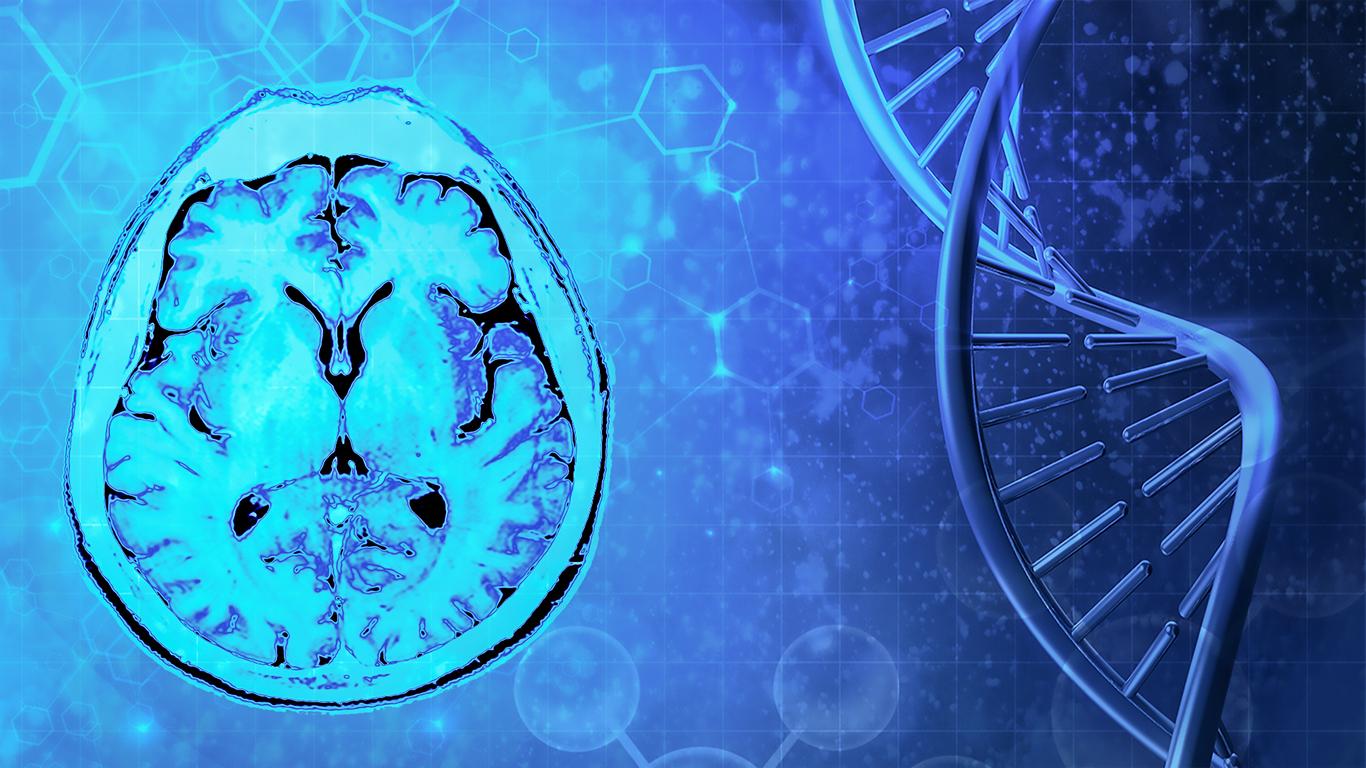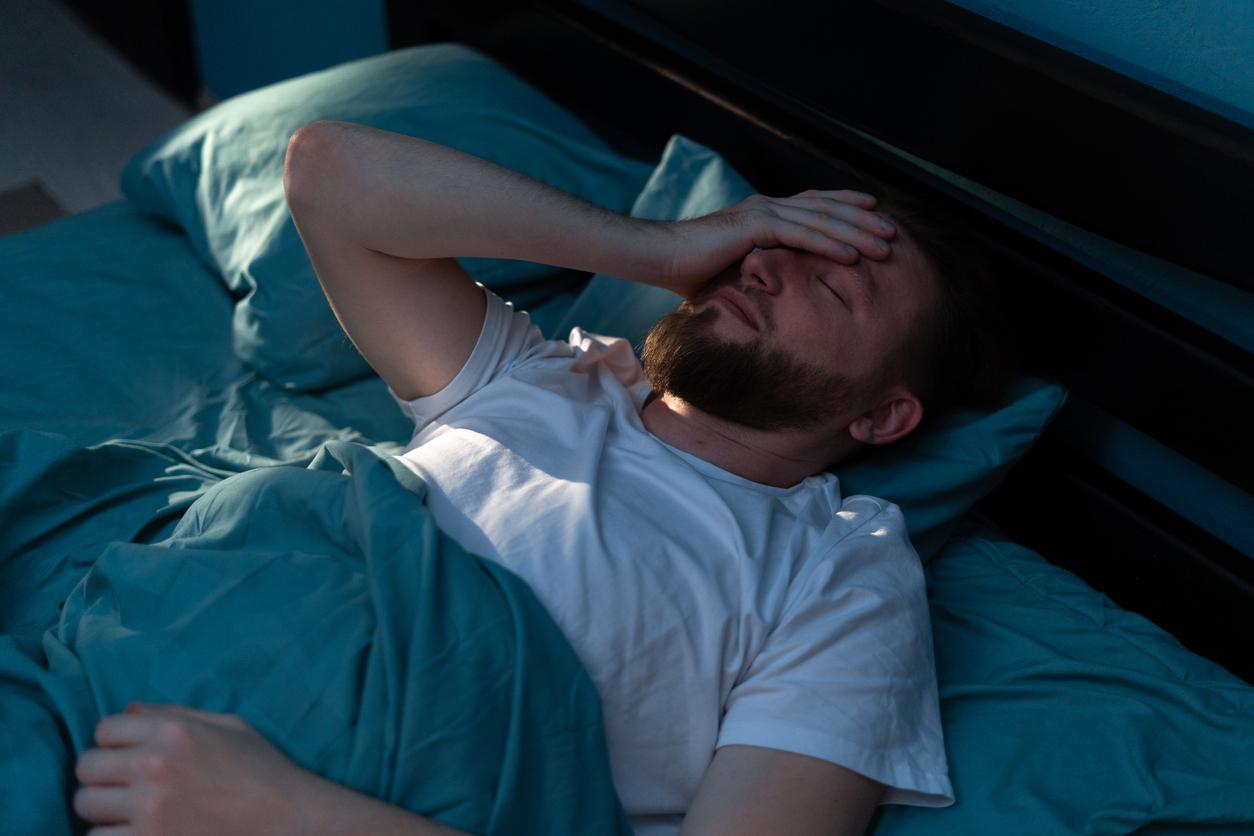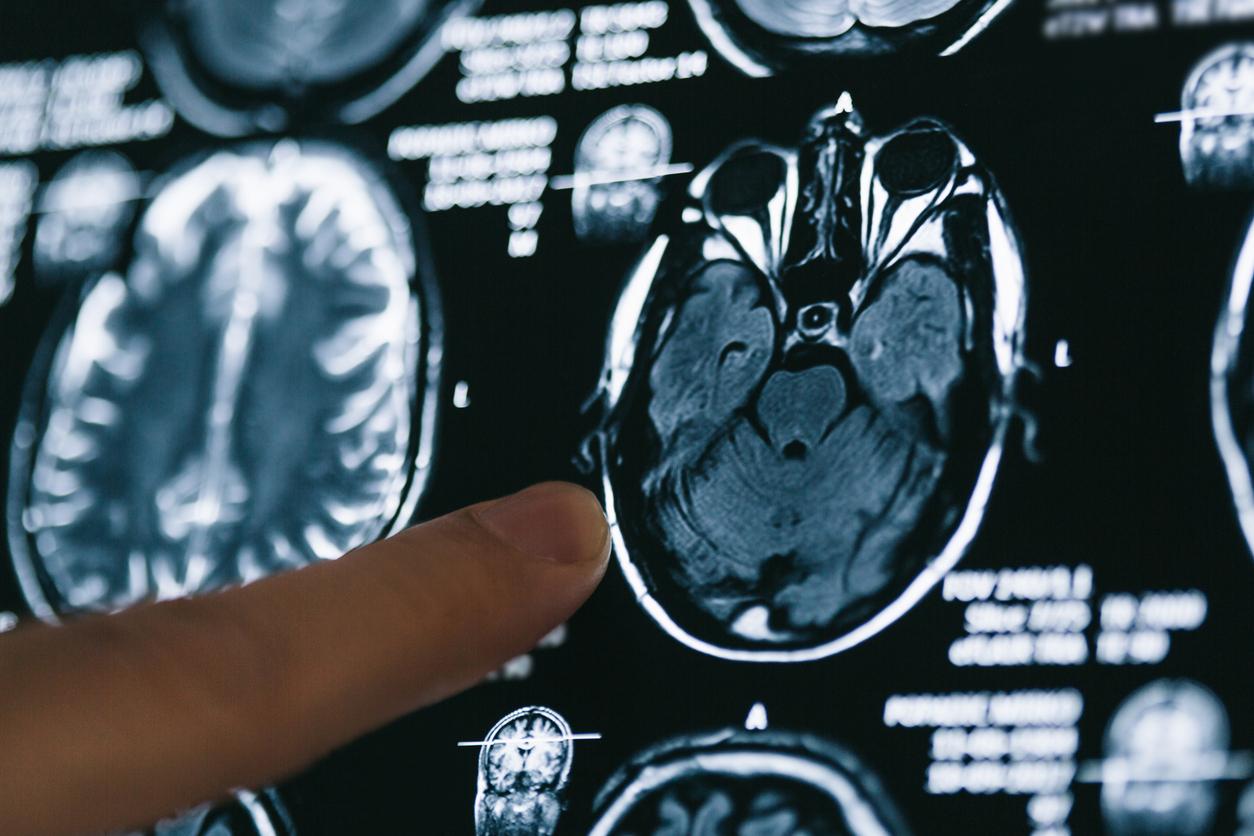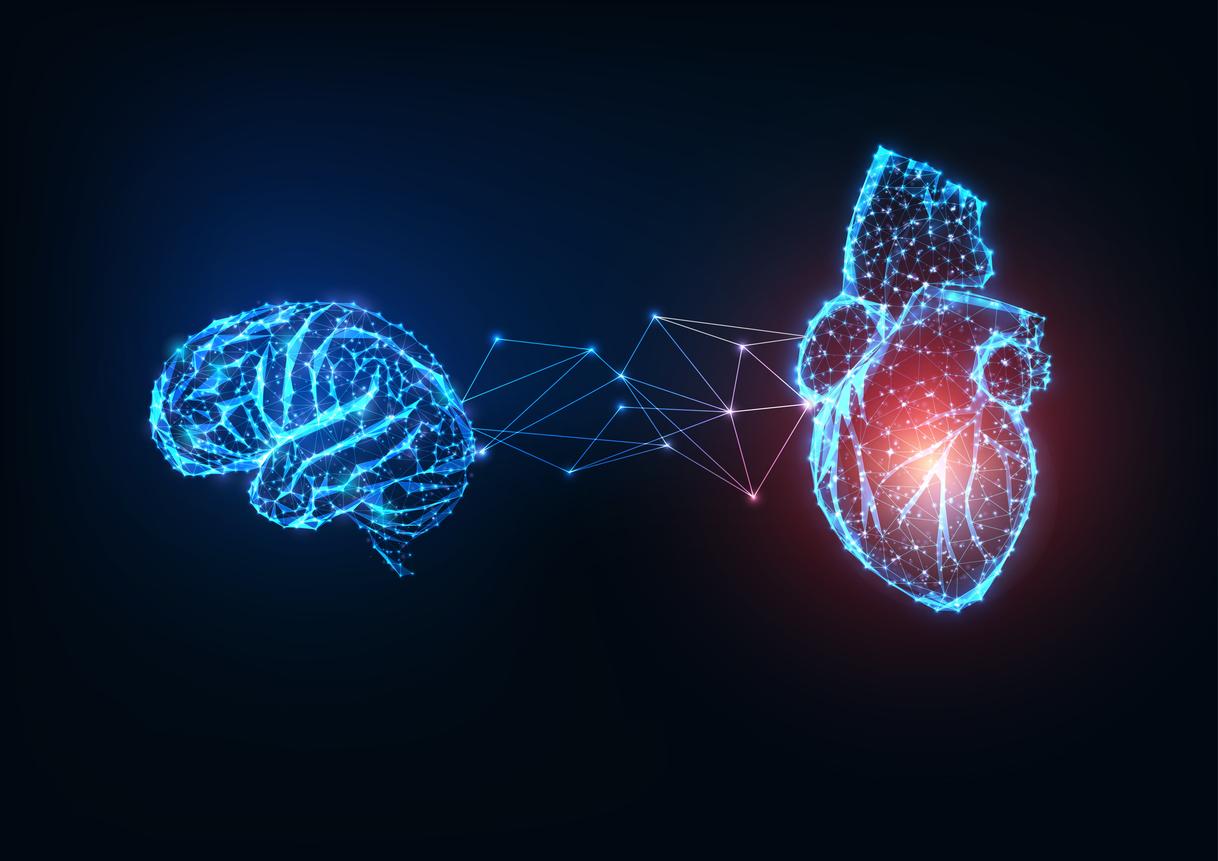The team of Dr Paolo Bartolomeo, research director at Inserm and team leader at the Brain and Spinal Cord Institute, has just published the results of its work on “hemnegligence”, a disorder that affects the brain of some people after damage to the right hemisphere (after stroke for example). Patients with it behave as if the left side of the world does not exist: they do not eat what is on the left side of the plate, do not shave on the left, bump into furniture located to their left. However, this disorder aggravates the handicap and hinders rehabilitation.
When the two hemispheres no longer communicate
Inserm researchers therefore sought what could be the predictive factors of this disorder and its persistence, in order to offer appropriate rehabilitation for patients in whom this disorder is at risk of becoming chronic.
For their study, Dr. Bartolomeo and his team followed the evolution of hemneglect over time in 45 patients who suffered from vascular lesions of the right hemisphere. The vast majority of these patients presented with signs of left neglect (the left part of our body functioning with the right hemisphere and vice versa).
MRIs have made it possible to study the state of the white matter fibers that allow different regions of the brain to communicate with each other, as well as the two hemispheres.
The researchers found that these patients with chronic hemnegligence had damage to the posterior part of the corpus callosum, the connection that allows the two hemispheres to communicate with each other. The left hemisphere could not therefore compensate for the gaps in the right hemisphere since they could no longer speak to each other.
“We must therefore offer these people suffering from a corpus callosum, priority access to rehabilitation treatments in order to learn to compensate for the visuospatial deficits caused by the brain injury” conclude the researchers.
Read also :
The brain capable of self-repair
Women more at risk of stroke than men


















